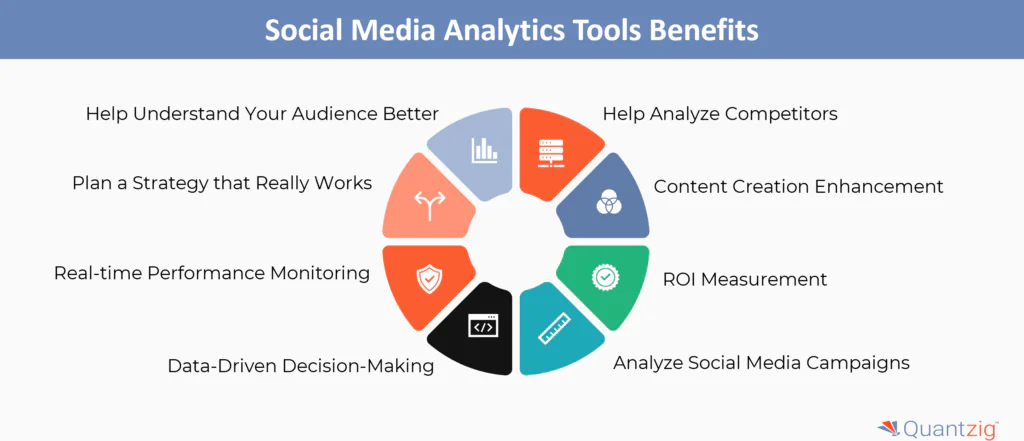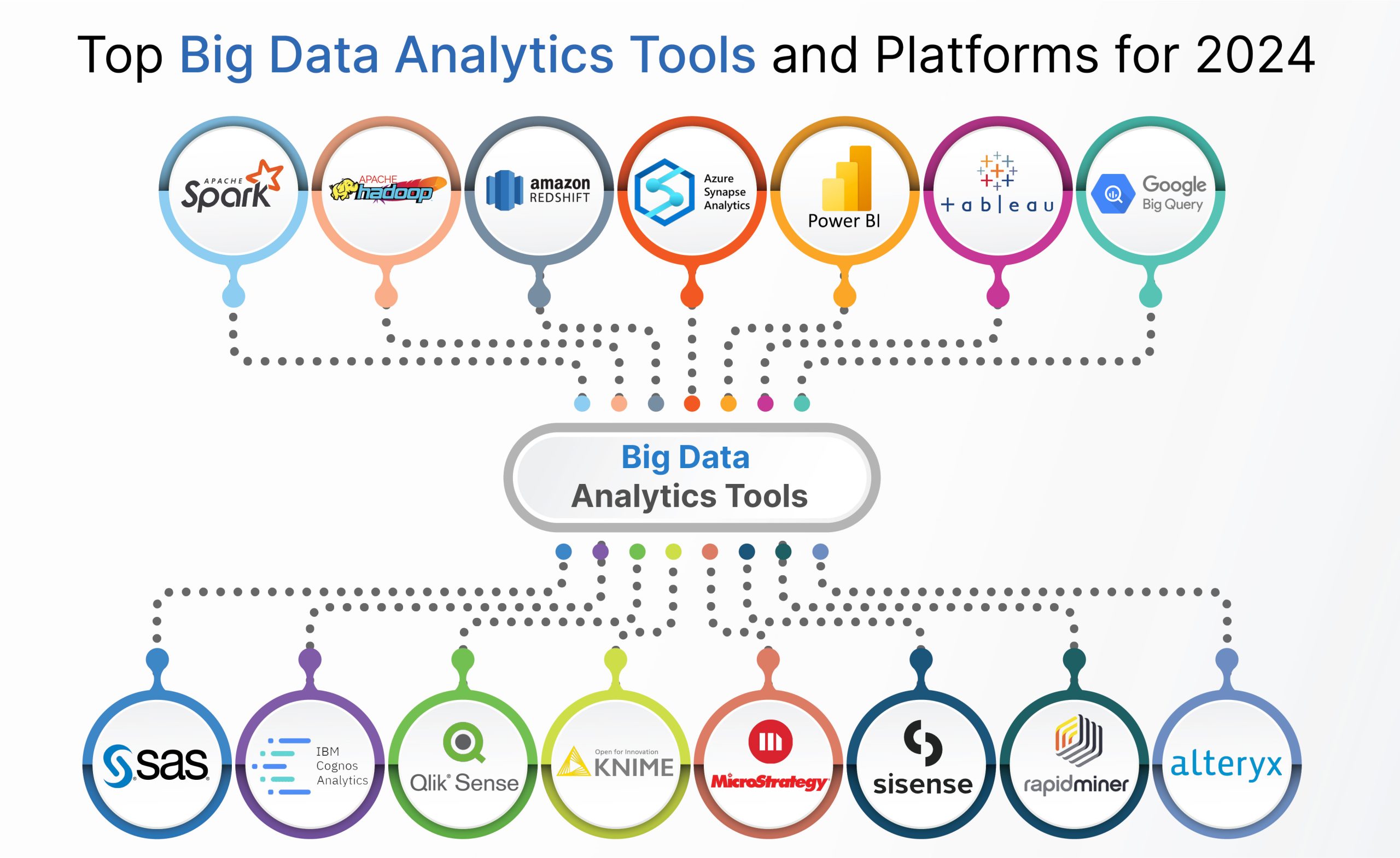Boost Performance and Success Through Information Analytics
In today's data-driven landscape, businesses are significantly recognizing the critical role of information analytics in improving functional efficiency and profitability. By systematically assessing information, organizations can reveal crucial insights that educate strategic choices, improve processes, and dressmaker client experiences.
Recognizing Information Analytics
In today's data-driven landscape, comprehending data analytics is essential for companies intending to enhance operational effectiveness and drive profitability. Information analytics entails the organized computational analysis of information sets to reveal patterns, relationships, and understandings that educate decision-making. By utilizing numerous methods, such as statistical evaluation, artificial intelligence, and predictive modeling, organizations can change raw information into workable knowledge.
The procedure normally starts with information collection, where pertinent details is collected from several resources, consisting of transactional data sources, customer communications, and market trends. This information is then cleaned and arranged to guarantee accuracy and consistency. Once the data is prepared, logical tools and software are made use of to check out and envision the info, making it possible for stakeholders to determine patterns and anomalies.
Inevitably, recognizing information analytics empowers companies to make educated choices based on empirical evidence instead of intuition. It facilitates targeted strategies that can enhance resource allocation, boost customer fulfillment, and boost total efficiency. As organizations increasingly identify the value of data-driven understandings, a strong grip of data analytics ends up being an important expertise for groups and leaders alike, positioning them for sustained success in an affordable environment.

Key Benefits for Services
Businesses that utilize data analytics can unlock a wide range of benefits that significantly enhance their procedures and productivity. One of the primary advantages is boosted decision-making. Information analytics provides workable insights stemmed from real-time data, permitting businesses to make educated selections that line up with market demands and consumer preferences.

In addition, information analytics fosters improved customer experiences. By recognizing customer actions and choices, businesses can customize their offerings, bring about boosted satisfaction and loyalty. This tailored approach usually results in higher conversion rates and repeat organization.
In addition, data analytics enables organizations to recognize arising fads and opportunities. By staying in advance of the curve, companies can utilize on new markets and advancements prior to their competitors.
Executing Data-Driven Techniques
Effective implementation of data-driven strategies calls for a comprehensive understanding of both organizational goals and offered information sources. Organizations must first define their objectives clearly, making sure alignment between data efforts and calculated objectives. This clarity enables teams to concentrate on appropriate metrics and understandings that drive decision-making.
High-quality data is necessary for precise evaluation, as poor information can lead to illinformed approaches and thrown away resources - Analytics. Organizations must establish processes for data collection, Visit Your URL cleansing, and management to keep information honesty.
In addition, promoting a data-driven culture is important. Workers whatsoever degrees should be motivated to utilize information in their everyday procedures. Educating programs and workshops can enhance data proficiency, equipping staff to make educated decisions based upon analytical understandings.
Tools and Technologies Overview
A durable suite of modern technologies and tools is essential for companies intending to harness the full possibility of data analytics. These tools promote the collection, handling, and visualization of data, making it possible for businesses to obtain workable understandings.
At the foundational degree, data administration platforms such as SQL data sources and NoSQL systems provide efficient information storage and retrieval abilities. For information processing and evaluation, shows languages like Python and R, along with structures such as Apache Spark, enable complex calculations and equipment discovering applications.
Visualization tools, consisting of Tableau and Power BI, transform raw information right into instinctive visual layouts, making insights available to stakeholders whatsoever levels. Additionally, cloud-based systems official site like Google Cloud and AWS supply scalable storage space and handling solutions, fitting the expanding quantities of information companies come across.
For sophisticated analytics, predictive modeling and AI-driven options are progressively adopted, permitting firms to anticipate trends and boost decision-making processes. Integrating these tools into existing workflows is vital; organizations that successfully utilize this modern technology can considerably improve functional efficiency and drive success. Thus, investing in the right tools and innovations is a calculated important for any kind of data-driven organization.
Study of Success
Leveraging my website data analytics has actually led various companies to achieve amazing improvements in performance and earnings. One notable situation is a big retail chain that implemented predictive analytics to maximize supply monitoring. By analyzing historical sales data and customer trends, the business lowered excess stock by 30%, bring about substantial expense financial savings and boosted cash circulation.
One more example can be found in the manufacturing field, where a leading automotive manufacturer made use of information analytics to boost its production processes. By keeping track of maker efficiency in real-time, the company identified traffic jams and ineffectiveness, resulting in a 20% rise in overall tools efficiency (OEE) This not only boosted manufacturing prices however additionally minimized downtime and upkeep costs.

These study highlight how information analytics can drive tactical decision-making, enhance processes, and ultimately improve both performance and profitability throughout different fields.
Verdict
To conclude, the combination of data analytics into service operations offers substantial opportunities for boosting performance and success. By methodically analyzing data, organizations can recognize ineffectiveness, enhance customer experiences, and make educated decisions. The adoption of predictive modeling and real-time monitoring better allows companies to remain in advance of emerging fads and assign sources successfully. Ultimately, the tactical application of data-driven techniques cultivates continual affordable advantages and drives substantial renovations in functional performance and monetary end results.
In today's data-driven landscape, recognizing data analytics is crucial for organizations intending to boost functional effectiveness and drive profitability. Information analytics entails the systematic computational evaluation of information collections to uncover patterns, relationships, and insights that educate decision-making. Data analytics gives actionable understandings acquired from real-time data, enabling businesses to make educated options that line up with market needs and consumer preferences.
High-grade information is crucial for precise evaluation, as poor information can lead to misguided techniques and squandered sources. Organizations should develop procedures for information collection, cleansing, and monitoring to preserve information stability.